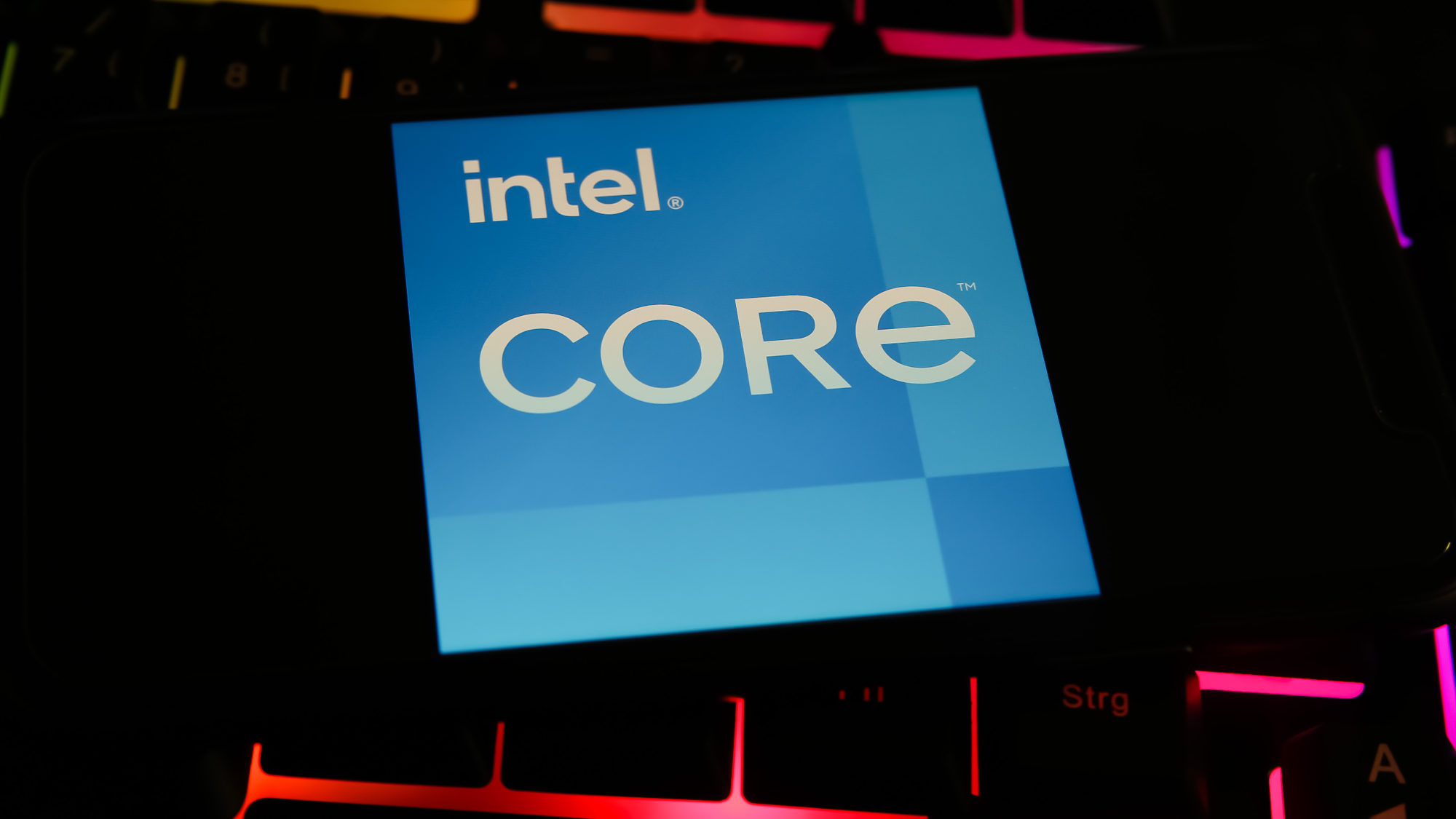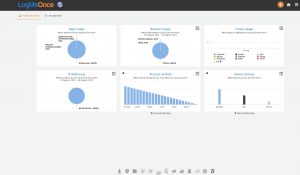

Well this is bad. “Downfall” is the name Daniel Moghimi, a security expert at Google, has given to a brand-new vulnerability he has found in a number of generations of Intel processors. Attackers can make use of the vulnerability and read data from other programs and memory areas. The vulnerability has actually already been reported as CVE-2022-40982 and Intel verified the flaw here.
Moghimi reported the vulnerability to Intel on August 24, 2022, but only made the vulnerability public on August 9, 2023 so that Intel had time to release microcode updates that can fix the vulnerability.
Update: Intel’s Downfall was carefully followed by AMD’s Inception, a newly found security hole affecting all Ryzen and Epyc processors. The very first independent testing of the mitigation microcode patches show that it can considerably lower efficiency in certain workloads. We’ve included details throughout this post.
Intel’s ‘Downfall’ flaw is serious
Moghimi describes the vulnerability in detail on a devoted Downfall site, consisting of some examples. According to him, billions of Intel processors are impacted, which are used in private user computer systems along with in cloud servers. The professional describes the possible consequences of the space as follows:
” This vulnerability, determined as CVE-2022-40982, allows a user to access and take data from other users who share the same computer. For example, a harmful app gotten from an app store could use the Downfall attack to take delicate details like passwords, file encryption secrets, and private data such as banking information, individual emails, and messages. Similarly, in cloud computing environments, a malicious consumer could make use of the Downfall vulnerability to steal information and credentials from other consumers who share the exact same cloud computer.”
Daniel Moghimi
How the Intel Downfall vulnerability works
While you must have a look at Moghimi’s Downfall page for more detailed info, here’s a top-level description of the bug:
How to secure yourself from Intel Downfall
Intel is already supplying microcode updates to plug the security hole. “Intel recommends that users of impacted Intel Processors update to the current variation firmware offered by the system maker that addresses these issues,” the company states.
This can result in a loss of performance of approximately 50 percent under particular circumstances, however, as Moghimi alerts. Intel discuss the adverse effects of the microcode updates here. The first independent screening of the mitigation microcode, by the expert Linux website Phoronix, revealed performance losses approximately 39 percent in select server and ray tracing workloads. There’s an opt-out system readily available to prevent applying the patch, but Intel declares most consumer software application shouldn’t see much effect, outside of image and video editing workloads.
Which Intel processors are affected?
Both consumer and server processors from Intel reveal the space. For consumers, all PCs or laptops with Intel Core processors of the 6th “Skylake” generation as much as and consisting of the 11th-gen “Tiger Lake” chips consist of the vulnerability. This means that the vulnerability has existed since a minimum of 2015, when Skylake was launched.
Intel’s matching Xeon processors are also at threat to Downfall. Due to Intel’s dominant position in server processors, essentially every internet user could be affected, a minimum of indirectly.
Intel has actually released a list of all affected processors here. You can read a comprehensive technical analysis by the Google security expert in this English-language PDF.
Intel’s newer 12th-gen and 13th-gen Core processors are not impacted.
This short article was equated from German to English and initially appeared on pcwelt.de. It initially released on August 9, 2023, however was upgraded to discuss AMD’s Inception bug and the first independent efficiency screening of the mitigation microcode.







